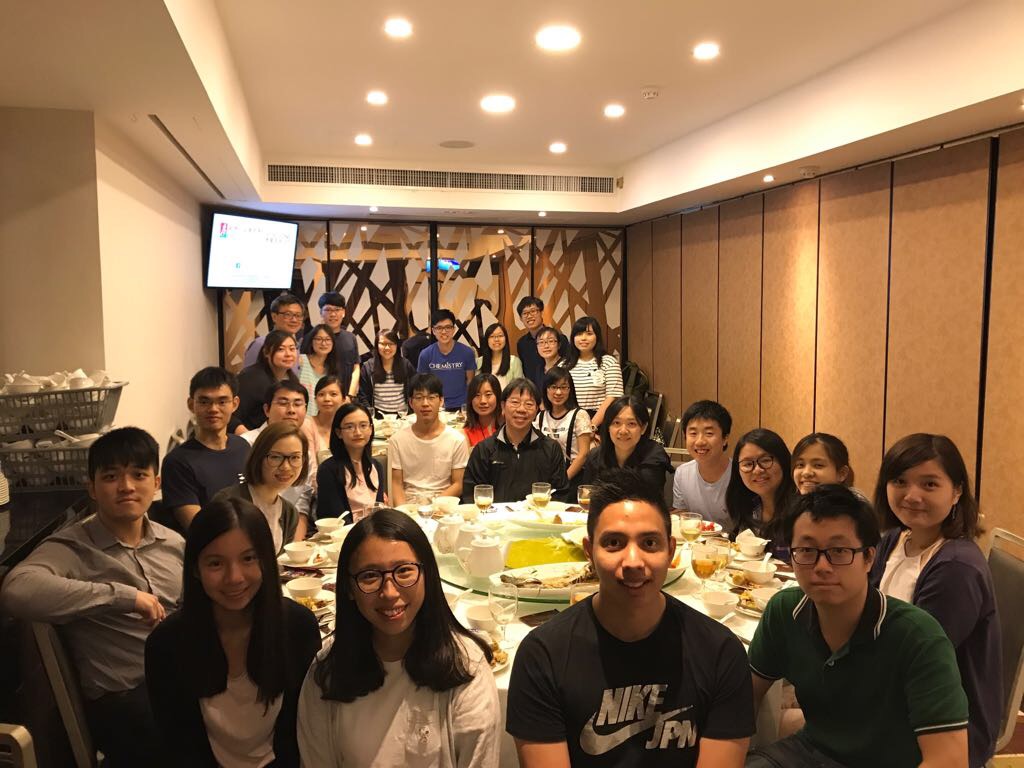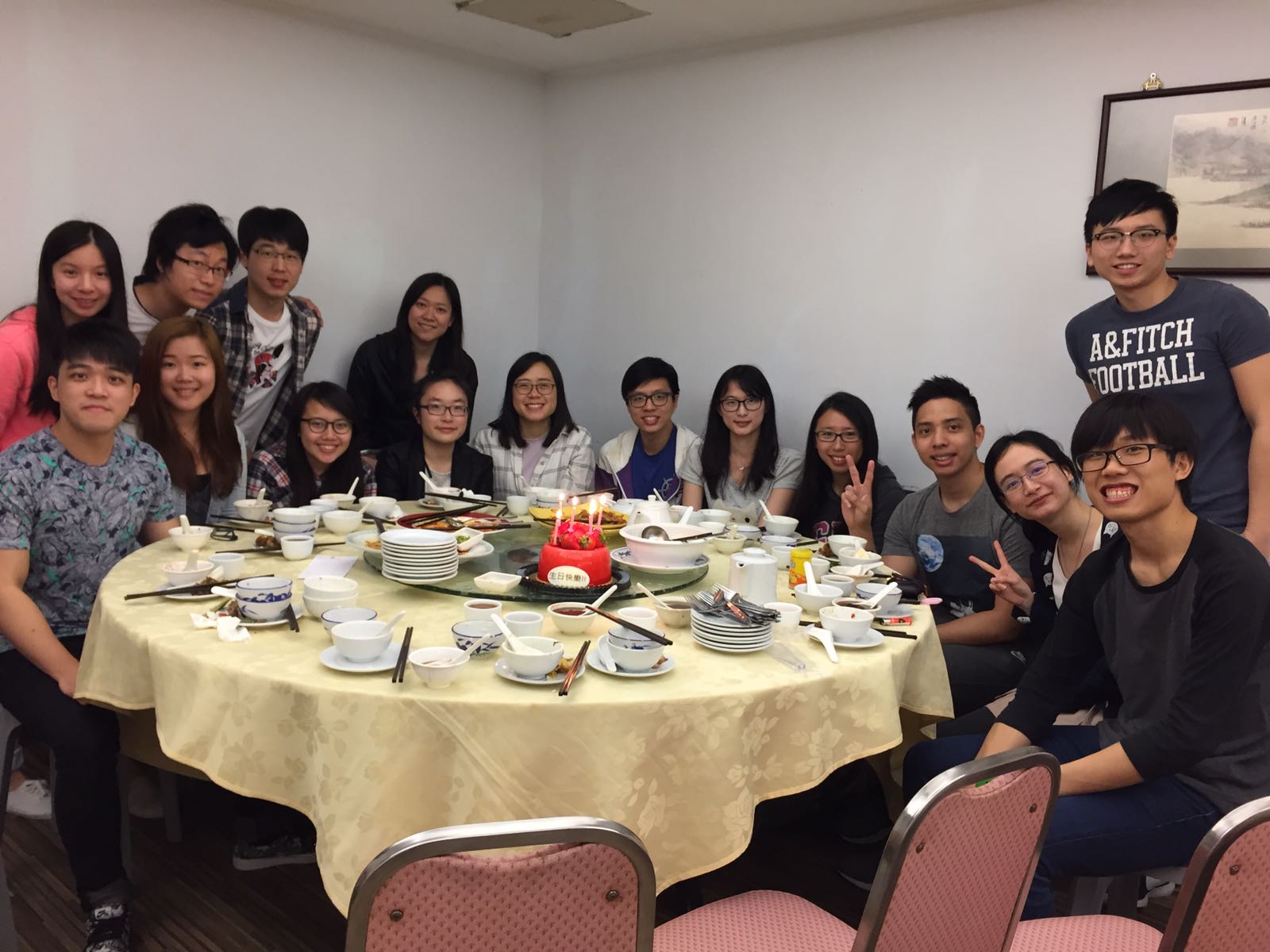Research Interests
• Cancer Biochemistry - Mitochondria as Regulators of Cell Death
• Anti-cancer Drug Screening and Assay Development
• Eryptosis in Human Red Blood Cells
• Biosensor Development
1) Role of Mitochondria in the Multidrug Resistance (MDR) in Liver Cancer Cells
Liver cancer is common in China and Hong Kong probably due to high hepatitis infection rate, frequent contact of carcinogens and poor prognosis. During chemotherapy, cancer cells frequently acquire resistance to structurally and chemically unrelated chemotherapeutic compounds and this phenomenon is called multidrug resistance (MDR). One of my research areas focuses on the role of mitochondria in the MDR in liver cancer cells. Different mechanisms have been reported for the development of MDR (e.g. over-expressions of P-glycoprotein (P-gp) and Multidrug Resistance Protein-1 (MRP-1)). Apart from their primary location on the plasma membrane for drug extrusion, P-gp and MRP-1 have also been found on the mitochondrial membrane through confocal microscopy and biochemical analyses in our human liver cancer MDR models. On the basis of this observation, we hypothesized that P-gp/MRP-1 expressed in the mitochondria is involved in the cancer MDR and its functional significance awaits further investigation. Current studies in my laboratory aim to identify the molecular regulation of these proteins (e.g. by microRNA?), and to determine how they confer the MDR and how that MDR might be overcome therapeutically. Using tunable resistive pulse sensing technique and femtosecond laser to hit on single mitochondrion in a precise and clean (on and off mode) manner, we try to characterize the mitochondria isolated from these cell models to provide more information to treat cancer with MDR.
2) Assay Development to Screen Anti-cancer Agents that Can Bypass MDR
The second area of my research is to identify therapeutic agents that can bypass MDR in liver cancer cells for treatment. To date, it is widely accepted that cancer killing by anti-cancer agents is predominantly through the induction of apoptosis. Release of heme-carrying cytochrome-c (Cyto-c) from mitochondria into the cytoplasm of cancer cells after treatment is a crucial mediator, that executes the final steps of apoptosis such as activation of pro-caspase-3 and DNA fragmentation. Release of Cyto-c from mitochondria is therefore regarded as a ‘point-of-no-return’ event in the process of apoptosis. Moreover, most of the alternations or mutations occurred in cancer cells with or without MDR were found upstream of the mitochondria in the extrinsic and intrinsic apoptotic pathway. Because of these reasons, drugs called ‘Mito-toxins or Mitocans’ targeted to the mitochondria become a focus of my research since these agents can bypass most of the alterations/mutations in cancer cells and hit on the core target for cancer cell destruction.
To this end, we have developed an Aptamer-based Bio-Barcode (ABC) assay to detect Cyto-c release for anti-cancer drug screening. Aptamer is a short single-stranded DNA selected from a synthetic DNA library by virtue of its high binding affinity and specificity to its target based on its unique 3D structure from the nucleotide sequence after folding by the Watson-and-Crick intra-chain base pairings. In our ABC assay, we employed a Cyto-c-specific aptamer to recognize its target and at the same time acting as a bio-barcode DNA that can be amplified by various amplification methods (e.g. PCR or isothermal DNA amplification) to generate high signal-to-noise readouts for drug screening. Using this approach, we have validated a number of potential agents (e.g. Polyphyllin D) that can bypass the MDR in liver cancer cells. Work is ongoing to improve the assay system (e.g. in a lab-on-a-disc (LOAD) micro-centrifugal device) to screen more potential anti-cancer drugs and mito-toxins against MDR using whole cells and isolated mitochondria.
3) To Study the Side Effects of Mito-toxins using Human Red Blood Cells
Given that mitochondria are the central cell death regulator and it is expected that mito-toxins are unable to elicit apoptosis (also known as eryptosis) in human erythrocytes devoid of mitochondria and cell nucleus. This line of research tries to determine the effect or side effect of the potential anti-cancer agents or mito-toxins on the induction of eryptosis in human RBCs by flow cytometry. Also, a better understanding of the action of these mito-toxins on erytptosis will provide us more information to dissect the mechanism how the mito-toxins induce apoptosis in the nucleated cancer cells.
4) Development of Biosensor - LOAD (Lab-On-A-Disc) – for Disease Diagnosis
We have engineered a centrifugal microfluidic device LOAD with a power-enabled setup in LOAD, using LAMP (Loop-mediated Isothermal Amplification) and other techniques such as Surface Plasmon Resonance (SPR) and wireless communication (1) to detect patients’ DNA for Human Leukocyte Antigen HLA-B*1502 to avoid drug hypersensitivity (e.g. Carbamazepine) and (2) to diagnose bacterial infection in patients with sepsis in ICU (Intensive Care Unit) to provide a tailored treatment plan for speedy. In our LOAD system, patient’s sample, on board reagents, probes and buffer solutions are displaced between chambers and reservoirs through micro-channels with passive (e.g. capillary burst, siphon) and active (e.g. laser-induced) valves using the centrifugal force generated by spinning the disc. Work is being done to optimize the sensing conditions and to integrate optical trapping to provide a better sensitivity and specificity for disease marker biosensing. |










